A PERIPATETIC JOURNEY
|
not all who wander are lost
|
|
After unforeseen repairs resulting in a one-week delay of our Panama Canal Transit, we were rescheduled for Thursday, February 15, 2017. The original plan was for us to meet our advisor in the Flats anchorage around 1pm, proceed through the Gatun Locks, spend the night moored in Gatun Lake, then the next day continue through the Pedro Miguel and Miraflores Locks into the Pacific Ocean. Our advisor contacted us the day before to let us know we'd been bumped to Friday. Being bumped was disappointing but not unexpected as we'd seen this happen to friends who'd transited before us. The big ships always go first! Because of this news, we slowed the pace of our last-minute preparations a bit. Then later, our agent stopped by to let us know that the boat in front of us on the schedule had decided to wait due to the windy conditions outside the marina and that our transit advisor would board at 6am Thursday morning, 7 hours earlier than we'd originally planned. That meant that we had to leave the marina by 4pm to anchor in the Flats before sunset. We scrambled to finish preparations and let our line handlers know the change of plans - fortunately both couples were flexible and they were aboard Counting Stars in plenty of time for us to reach the night's windy and rainy anchorage. The winds that deterred the boat ahead of us had caused some waves to build inside the Panama Canal breakwater, and we spent a bumpy night in the Flats. By morning, the wind and waves had abated a bit, and we were ready with coffee and biscuits when Moses, the advisor, and Victor, the advisor trainee, boarded just after 6am. Friends on a boat anchored nearby took the above photo as the eleven of us aboard Counting Stars motored toward the first Gatun Lock to begin our transit to the Pacific. A sailboat can pass through the locks on its own, tied to one or more other sailboats, or tied to a tugboat. Counting Stars went through the Gatun Locks with a tugboat and a large Panamax car carrier called Morning Charlotte (Panamax ships are built specifically for Canal transits and are as large as they can be and still fit in the locks). Morning Charlotte went into the lock first, then the tug entered behind them and tied to the right side wall. When the tug was secured, the advisor instructed Brian to pull up next to the tug, the line handlers tied on to the tug, the lock gates closed, and the lock began to fill with water. Once it was full, the gates in front of Morning Charlotte opened. The big ship moved forward, we untied from the tug, and waited for it to move ahead before following to the next lock where the procedure was the same. While we waited for the second lock to fill, we shared fresh-baked brownies with the appreciative tugboat crew. After the second lock filled and was opened, Morning Charlotte exited the lock, then pulled to the side to let us pass. They would transit the next set behind us. We waved goodbye to the friendly tugboat crew and made our way into Gatun Lake. This was Counting Stars first, and perhaps only, time in fresh water. Kendall provided lunch to the advisors and line handlers while Brian steered Counting Stars across Gatun Lake. It was interesting to pass so closely to the enormous cargo and cruise ships making their way across the lake to the Caribbean. When we were nearly across, we stopped to pick up a catamaran that had passed through the Gatun locks the afternoon before. Our two boats would be tied together for the next set of locks. We prepared fenders and lines on our starboard side, the other boat did the same on their port, and we pulled up next to them and tied on. It turned out we knew the boat, an Outremer named Free Bird, having met the French owners at the Marina Santa Marta in Colombia. Because we were tied to the tug, the line handlers didn't have to do any line handling in the Gatun locks. All they needed to do was tie on to the tug, and make sure the fenders between Counting Stars and the tug weren't pressing on any of our windows. When we went through the Pedro Miguel and Miraflores locks, we needed to only handle lines on the port side, while Free Bird's line handlers only had to do so on the starboard side. A shoreside handler on the edge of the lock throws a messenger line attached to a weighted monkey fist. The onboard line handlers have already tied a large bowline loop in the lines; the messenger line is then tied to this loop, which is then pulled back by the person on shore who places the loop on a bollard. Since we were going down, the onboard line handlers would slowly ease the lines as the water level dropped in the lock (if we had used the lines in the Gatun locks, the handlers would have been pulling them in as the lock filled). Once the lines on both Counting Stars and Free Bird were secured, Morning Charlotte was pulled into the lock behind us by small locomotives. It is hard to describe how it felt to be dwarfed by such an enormous ship. We took a lot of photos, but it was difficult to choose one that really showed how big she was. Perhaps the best photo is the screenshot Kendall's sister took as she watched our transit via the Miraflores Lock webcam. Counting Stars and Free Bird look like toy boats! As the lock finished draining, the heavy gates began to slowly open. First we could only see a small glimpse of the Pacific beyond, but as the gates opened more, our excitement grew. Kendall was standing on the bow with Victor, who said quietly and somewhat reverently, "Welcome to the Pacific."
We untied from Free Bird and began to coil the big lines and gather the fenders we had rented. We all paused to experience the moment we passed under the Bridge of the Americas, South America on our left and North America on our right. As Morning Charlotte made for the horizon and the sun set over the Bridge of the Americas, we tied up to a mooring at Balboa Yacht Club, said goodbye to our line handlers, handed over the big lines and fenders, and savored the moment. Transiting the Panama Canal was an incredible experience.
3 Comments
3/25/2019 23:52:47
A canal is a very important part of any country. For those who are not aware, canals are infrastructure that help with the water flow that happens in our communities. How is this important? Basically, without canals our rivers and roads will get flooded constantly. If you cannot understand how scary floods can be, then you should really look it up in the internet. It is because floods are scary that we should take proper maintenance of our community's canals.
Reply
10/21/2019 03:46:06
You made some decent points there. I looked on the internet for the issue and found most individuals will go along with with your website.
Reply
6/11/2020 12:57:15
Nice journey, Is that the Panama Canal allows ships to travel between the Atlantic and Pacific Oceans?
Reply
Leave a Reply. |
AuthorMcGlynn family 5 (Isla, Marin, Eoin, Kendall, and Brian) sailing Counting Stars Instagram: svcountingstars
Archives
February 2019
Categories |
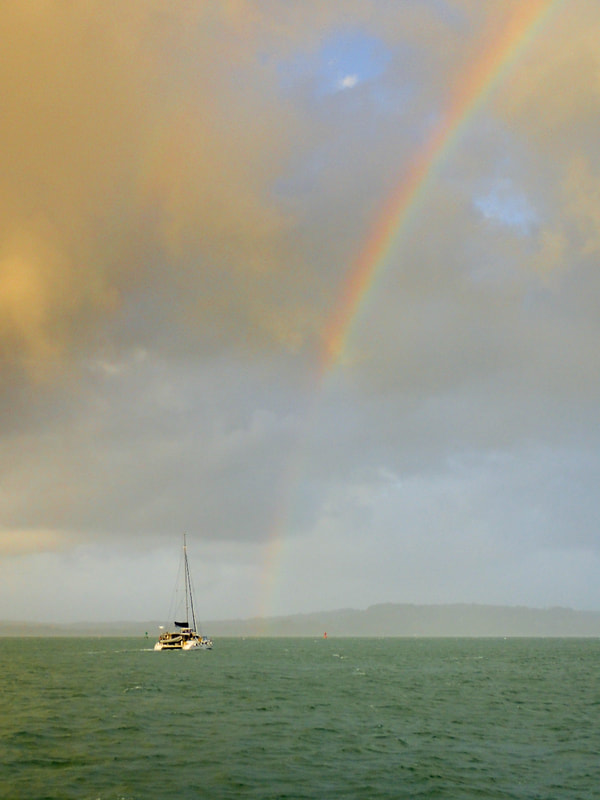


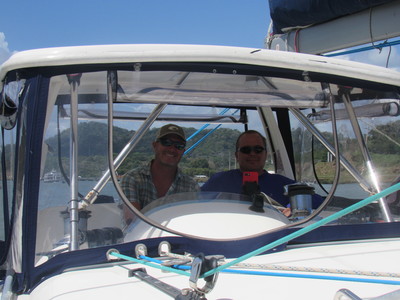
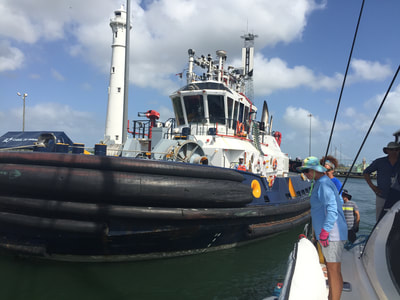






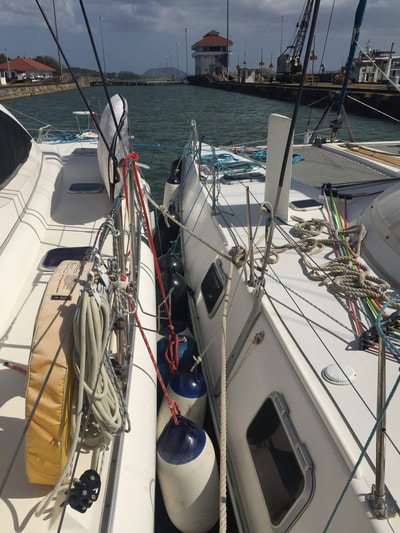

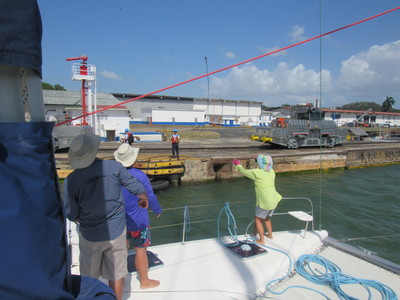



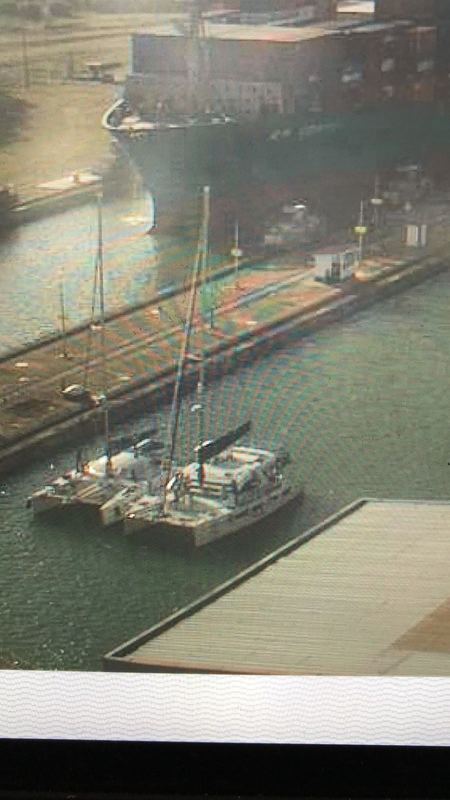
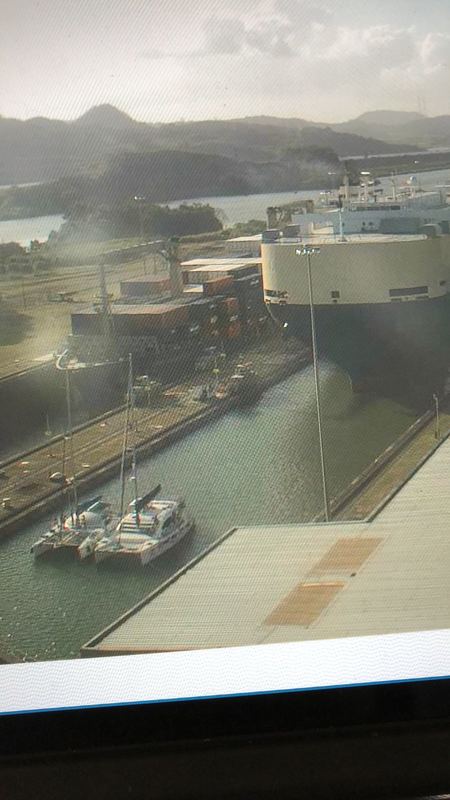
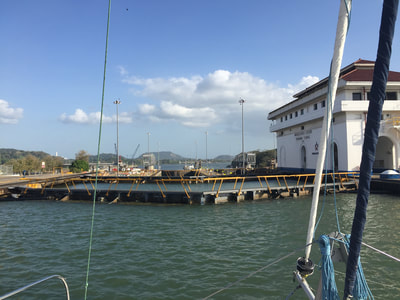
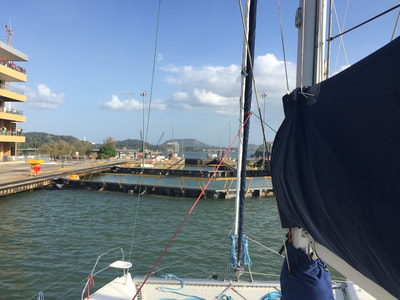
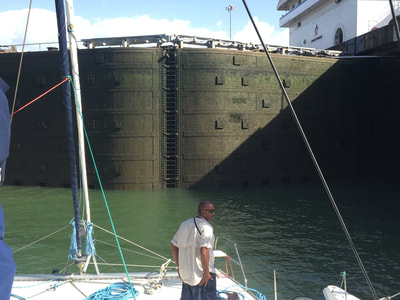

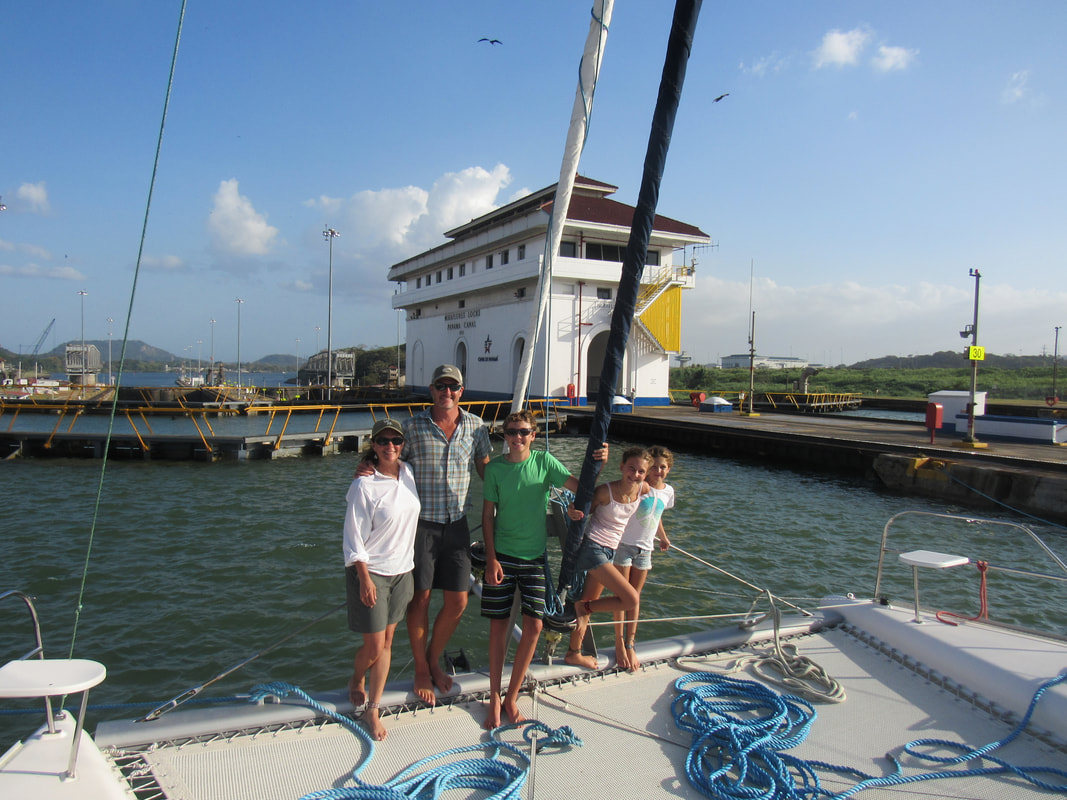


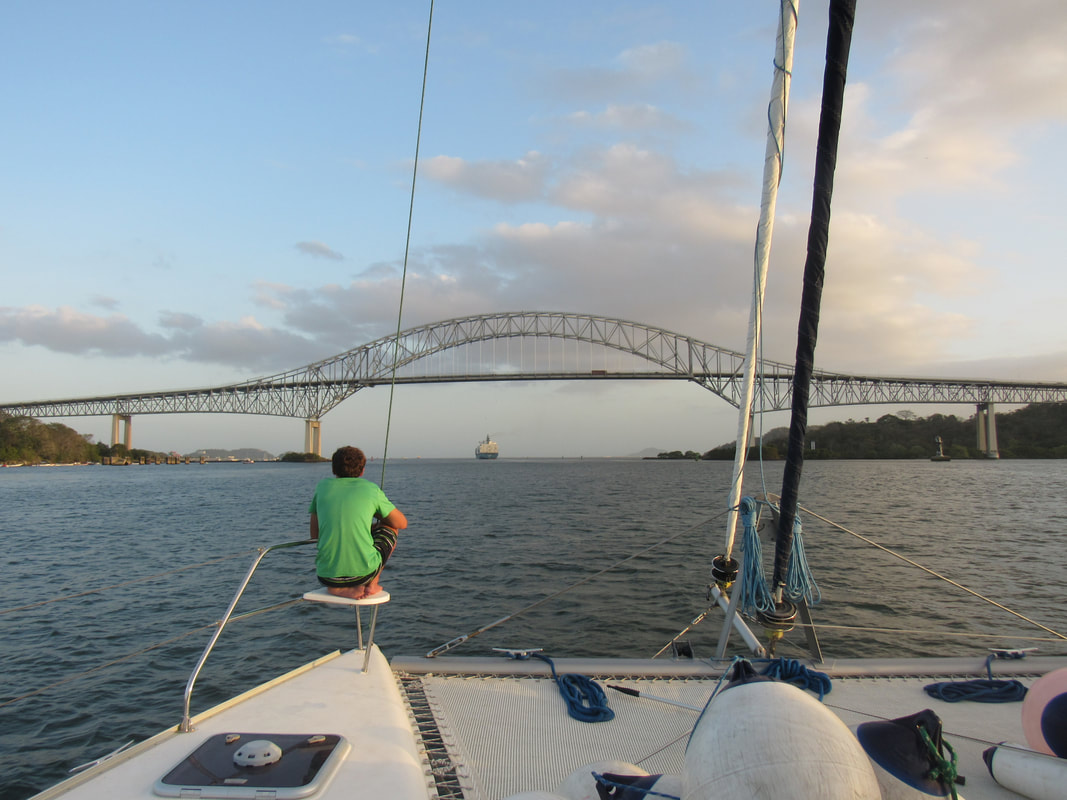
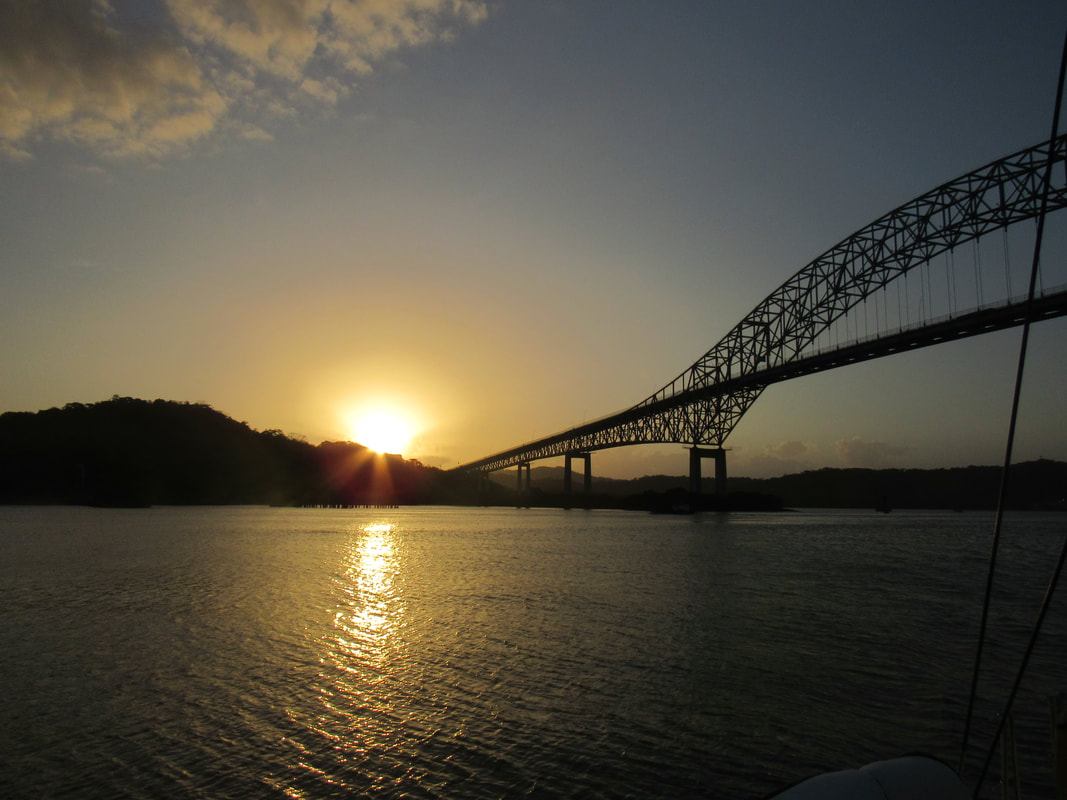
 RSS Feed
RSS Feed